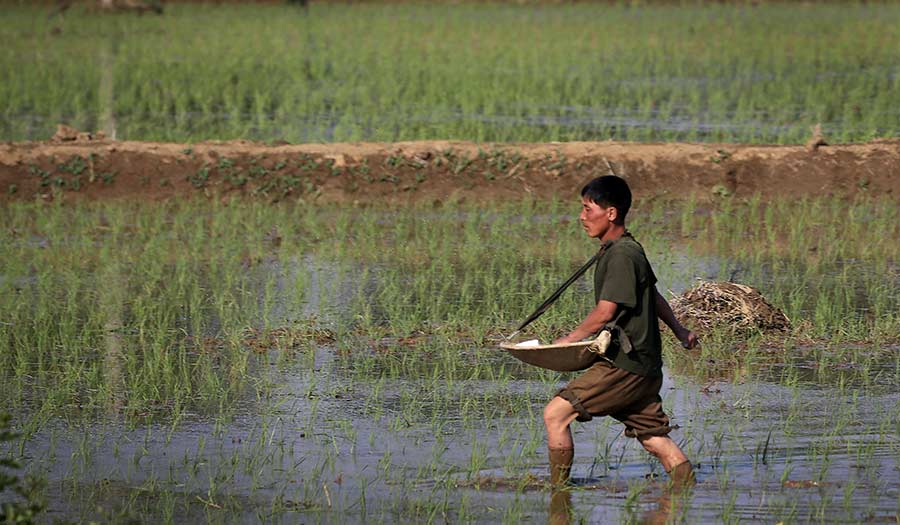 AP/Wong Maye-E
AP/Wong Maye-E
World News Desk
Learn the why behind the headlines.
Subscribe to the Real Truth for FREE news and analysis.
Subscribe NowBANGKOK (AP) – Hunger remains a chronic problem in Asia, with 55 million more people undernourished in 2022 than before the COVID-19 pandemic, the UN Food and Agriculture Organization says in its latest assessment of food security in the region.
Most of those living without enough to eat are in South Asia, and women tend to be less food secure than men, the report says.
The FAO’s study focuses on food supply, consumption and dietary energy needs and is designed to capture a state of chronic energy deprivation that stunts growth and saps productivity and quality of life.
The share of people in the region suffering from such undernourishment fell to 8.4 percent in 2022 from 8.8 percent the year before. But that is higher than the 7.3 percent of people who were undernourished before the pandemic began, sending some economies into a tailspin and depriving millions of people of their livelihoods.
Natural disasters and disruptions to food supplies have added to those pressures.
The FAO data show the share of people in the region facing moderate food insecurity, uncertain of their ability to obtain food and having to sometimes eat less or poorer food due to a lack of money, or those experiencing hunger that puts their well-being at serious risk, still hovers near 30 percent for the world and above 25 percent for Asia and the Pacific.
The problem is worst for women: More than one in five women in Asia, excluding East Asia, face moderate or severe food insecurity. The rates are slightly lower for men in most regions, but in Southern Asia the gap grows to more than 42 percent for women and more than 37 percent for men.
Higher food, fuel, fertilizer and livestock feed prices mean that progress has stagnated after the pandemic reversed a longstanding trend beginning in the early 2000s toward alleviation of hunger.
This is a global problem, made worse by disruptions to supplies of grain, edible oil and fertilizer partly due to the war in Ukraine.
Worldwide, the number of people having precarious access to food rose to nearly 2.4 billion in 2022 from just over 1.6 billion in 2015, the report said.
In Africa, the United Nations says at least three of every four Africans cannot afford a healthy diet because of an “unprecedented food crisis.”
More than half of the 735 million people who are undernourished worldwide live in the Asia-Pacific, most of them in South Asia. But North Korea has the largest regional share of people who are undernourished, the report says, at about 45 percent, followed by Afghanistan at 30 percent.
The world average for undernourishment is 9.2 percent, while in the Pacific islands of Oceania, excluding Australia and New Zealand, it was nearly 21 percent, or more than one in five people. In Southern Asia, about 16 percent of people are undernourished, the report says.
- World News Desk
- HEALTH ISSUES
 Life Expectancy in America Rose Last Year, but Remains Below Pre-Pandemic Level
Life Expectancy in America Rose Last Year, but Remains Below Pre-Pandemic Level
More on Related Topics:
- China Marks 75 Years of Communist Party Rule as Economic Challenges and Security Threats Linger
- What to Know About North Korea’s Unveiling of Its Uranium Enrichment Facility
- Students in Bangladesh Forced Out the Country’s Leader a Month Ago. Where Do Things Stand Now?
- In Myanmar’s Jungles, Young Volunteers Train Hard to Fight Junta
- Protests Toppled Bangladesh’s Government and Drove Powerful PM into Exile. How Did They Get Here?


